Folklore Education - which folktale character might you be?
Here are some major folktale characters (archetypes) and how identifying with them can help us heal. We all need this education now. Once, only stories comprised our history. On a psychological level we have a more significant relationship with folktale characters than we believe. Sometimes we may be influenced by one, or even two or three, as they can overlap and form a wide spectrum of influence.
When applying folkloric insight to personal problems we open a door to the way we tend to tick. Ancient ways of thinking and relating to the world assists with an understanding of the characters that have been embedded within our personalities through aeons of time. It is useful to spend some time becoming aware of them so that we can understand ourselves more and also the people we interact with, on a daily level.
Snow White
The Snow White character is forever a small girl. She never grows up. She is kind-hearted, naive, generous to a fault, and a natural lover of nature, but because of her inability to mature she is often subject to betrayal and to being outwitted by just about everyone. She can be a prime suspect for narcissistic abuse, particularly from older females. In fact, she will quite often have mother problems. She is often seen indulging in childhood fantasies, even when she is older. Snow Whites do well to become aware of the dangers that can lurk in the outside world; they have a need to develop boundaries, and to focus on learning what growing up and maturing means; they are likely to be susceptible to people's mind games and falling prey to con artists. On the positive side, one can always rely on this character's care and help. She adores animals and/or children, and all things otherworldly. She helps those who are lost and lonely, has the biggest heart and will sometimes join religions or caring professions, somewhere she can be of help to people. She likes to please and is usually very honest and upfront, and she will have good instincts and psychic ability, providing she can learn how to manage them. If she can learn what maturity means, she can protect herself from harm.

Witch Queen
The witch is a powerful woman, traditionally ugly, in the picture (right). She appears in most folktales. In earlier times, ugliness was considered powerful - very different from the cosmetic-surgery age we live in today! However, the witch as an archetype has changed considerably through the centuries, and in our modern new-age era we have nicefied the witch, and tend to forget how we saw witches in earlier eras: disturbing, egotistical, narcissistic old women, always to be revered and feared. That is why she is often cast in positions of power in folktales: queen or stepmother. Interestingly, in pantomimes witches are always portrayed as unpleasant people; while fairies can be seen as good, or bad. This is because fairies originally came out of the otherworld; witches have far more human traits, and too many human traits will invariably cast a shadow over a mortal character. Narcissistic people often work their way to the top with ease and this witch queen will do this easily and somewhat instinctively. She can often appear with a beautiful exterior, but beneath there will be a formidable force to be reckoned with. She is not without her fears, and the formidable force that she is has usually been developed from heartache and neglect in earlier life. Usually an older more mature woman, the witch queen is endowed with intuitive powers, is highly intelligent, but also carries a lot of envy for younger women. When she takes the role of wicked stepmother, she is in fact in the role of someone who is not a real mother in the way a mother ought to be. In earlier versions of Snow White, the stepmother is in fact the biological mother of Snow White. Envy, greed, power is masked by pain, fear, and guilt in the witch queen. Thus, she has a long and involved story, were she to tell everyone how it has been for her.
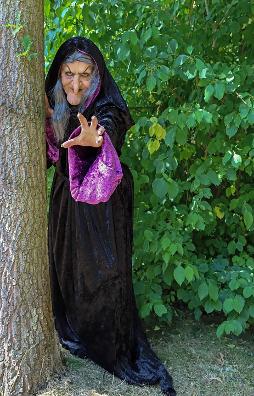
Wolf
The wolf is the major narcissistic male of the folktale world, the male version of the witch queen. Because he had a difficult past as a child, he responds to it by becoming something of a predator, using women, and men, for his supply of adulation and praise. Highly intuitive and intelligent, dominant and competitive, at all costs he must win. Although on the positive side, wolf people will take the lead and get any job done, take care not to trust them too much. Give them an inch and they will take a yard, as the saying goes. A relationship between a woman and a wolf man is best conducted in a light-hearted fashion, if at all, and good management skills will be necessary for all those who relate to wolf people on a more intimate level. All depending how deeply rooted the wolf is in a man, he could become dangerous to the mental and emotional health of all those close to him. He will be charming, alluring, polite, helpful and indispensable to those he first meets, but in reality he will lure the innocent so that he can devour them, and when they are sufficiently his, he will use them to feed his own ego as a means of keeping his own trauma and fear at bay. We see this no more clearly than in the Red Riding Hood tale and how she and grandma so easily fall prey to his whims. He is traumatised deeply as a person, and just like the witch queen his envy, green and thirst for power will mask his pain, fear and guilt.
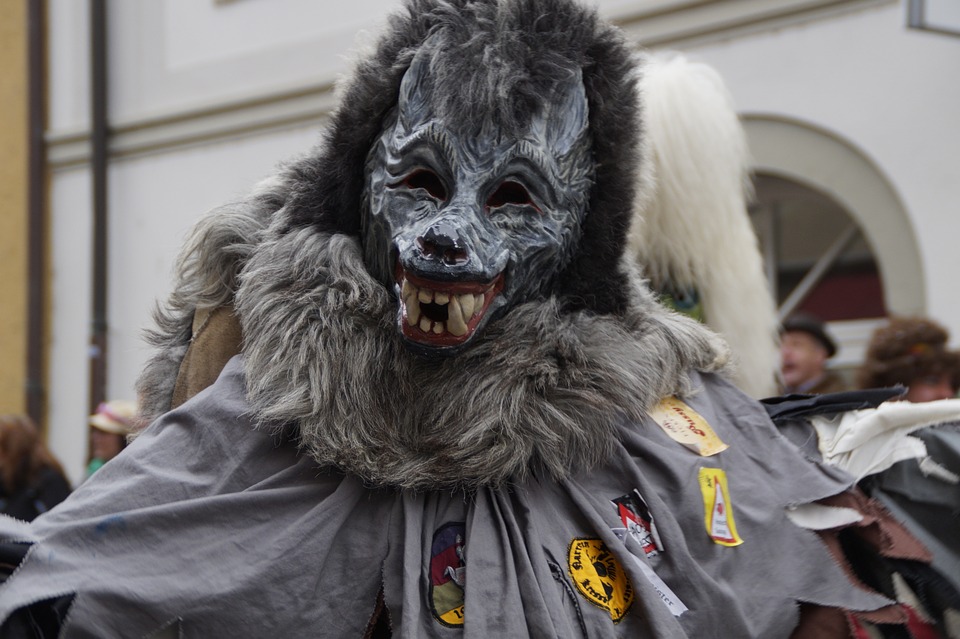
Cinderella
Although many major folktale characters suffer from a split in their personalities, produced by traumatic circumstances, Cinderella carries an obvious split, or an exaggerated contrast. She can feel particularly good about herself, but can also have low self-worth. This features in all kinds of conditions: from general depression and lack of confidence to bipolar and borderline traits. We might say there are many kinds of Cinderella! A beautiful princess, but also a shy and retiring kitchen worker, she can be the highest of the high, but just as quickly the lowest of the low, all wrapped up in one person. Sometimes snappy and tense when low, she can be at a loss as to how to manage life having been tormented by those close to her in the past: the ugly sisters and unkind stepmother being a key example. Often the scapegoat and a victim of abuse, she takes all that life flings at her and as a result is tormented by the resulting contrast she experiences within: knowing instinctively that she is worth more than others give her credit for, yet never knowing how to express that. Glamour and attention give her a rush, and Cinderella can be the incurable romantic. But because she puts herself down every step of the way, she may go overboard when allowing herself to shine, because she never learned what the contrast is all about. Cinderella people are eternal teenagers, needing to learn what maturity means as much as Snow White people do. Cinders is helped if she can learn how to manage the highs and lows that occur as a result of external influence and trauma.
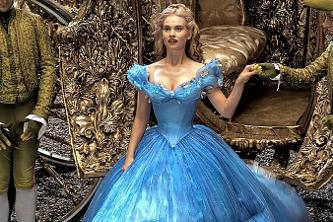
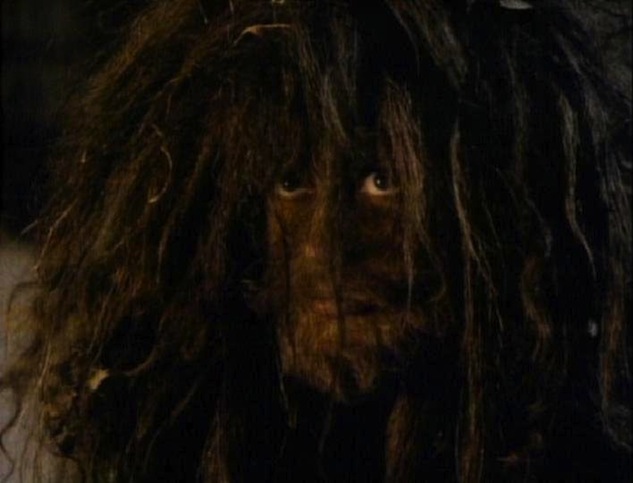
Jack
Jack has constant ambitions running alongside everything he does, so he seeks to prove himself. He is everyone's mate and humorous, often seeing the funny side of things. He is often a high climber (as in the beanstalk), a high flyer, and will often walk into situations he can't always handle, where he will be likely to make a mess of things - and a fool of himself to boot. Nothing stops him, however, from exerting himself and coming back for more when trying to achieve something. He is adventurous and often impulsive, but unlike wolf people, Jack people will never be out to manipulate anyone intentionally when he finds himself having to make plans to escape difficult situations when they occur. Jack has a naturally good heart and likes to help everyone. He is never short on courage, although it can be masqueraded as stupidity sometimes Hence, Jack is quite the fool of the bunch of popular folktale characters. On the positive side, he is useful to have at your side, for he is never a coward. His youthfulness and naivety make him attractive, and a sense of achievement and getting to the end of a hard fight are important to him. The Giant in Jack's story is in all probability a father figure, constantly pushing Jack to achieve, helping to mould him into the folkloric character that he is. Jacks will constantly wish to impress a father figure, someone in authority, an institution, or even God in any religion he chooses to follow.

Red Riding Hood
Red Riding Hood can become hopelessly involved with toxic characters who are out to manipulate her, but none so more than a personal partner, like the wolf. She is inclined to fall for a manipulative man (or woman's) charms more than any other character, but with a view to absorbing that character as part of herself. While Snow White is too afraid to engage with the wolf, and Cinderella is too involved with herself and her own ups and downs to engage, Red Riding Hood is lured by the charming romantic and sexual harmony the wolf bestows when first meeting her. Intelligence and charm is what mesmerises her; she also has a great need to feel loved. It is a magical moment when the wolf reels her in, and how she loves his care and attention! If someone goes out of their way to make her happy, secure and special, she will be satisfied and will lose herself within that person. Only with time does Red Riding Hood discover the toxicity within a person she has become fond of. She is thereafter charged with the task of learning how to manage toxic people and narcissistic relationships and how to be more self-sufficient and boundaried. She is otherwise doomed to feel gobbled up by people who only want to use her to gain supply for their own egotistical needs.
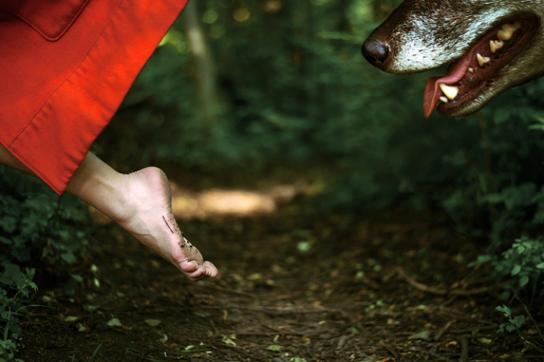
Frog Prince
Beng, the name Romani people give to the devil, often appears in the form of a frog or toad. He is a quick-change artist, clever at transforming himself into different characters whenever he needs to. This is mostly out of terrible insecurity and an inability to simply be himself. Dominant and manipulative, he is also desperate, and never likes to be caught out and/or challenged. He lures women, not purely with his masculine charms as the Wolf might, but with his ability to transform, or change, from one persona to another, to be what someone wishes him to be, which helps him feel needed. Many could find the Frog exasperating for this reason, merely wanting him to be himself and not feel he has to exhibit other parts of himself to win people over. Impulsivity and insecurity are high on his list and cause him to function in the way he does. He may be prone to lies. The prince in the original story is rather egotistical, which is what caused a witch to change him into a frog in the first place. The frog tale actually centres around self-image; perhaps in some ways he is the male version of Cinderella, feeling he can't always compete, and reflecting negativity upon himself, which can cause him to feel very low. His assumption that he can lure a princess because he can wow her with one of his personas, and being whatever she wants him to be, is always on the cards with this character.

Sleeping Beauty
Sleeping Beauty is the epitome of entrancement and someone under a spell. She feels she is asleep inside, or not alert or awake enough to register what takes place around her much of the time. Dissociation is a key feature of this character, and trauma, once again, is at the heart of what she is all about. She has generally switched off when things got too much to bear. She has withstood some generally unpleasant circumstances in her past, and dissociating from them is her only way of coping. She may have blocked trauma out, big time, or is choosing to disregard it, and we may describe her as someone who has her head in the clouds, who is always 'out to lunch', or who is just not paying attention; she may be described as an eternal dreamer. She'll unlikely get tasks done because she is unable to concentrate and will prefer to let others complete tasks for her if they offer. She will often be agreeable to things people suggest and ends up treating someone who may be her enemy the same as someone who may be her friend. This will be because she finds it difficult to process who people are what they can do to her and she prefers to say nice things about everyone rather than tackle something head on. 'Everything is all right,' is Sleeping Beauty's motto - even though it isn't. Being realistic about what has happened in her past, and not giving in to people who give her grief in the present and in her future, will help her wake up to reality and to come home to herself.
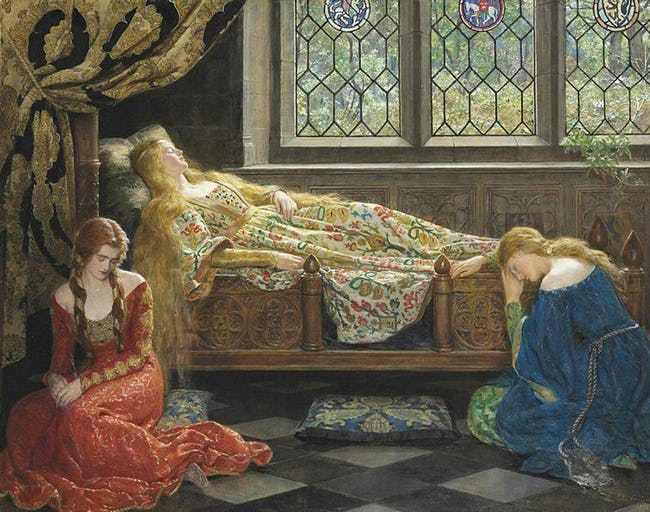
Beast
The Beast of Beauty and the Beast presents a very different male from the ones mentioned above. Traditionally, the Beast has been cursed by an evil fairy because he refused to be seduced by her. The Beast character is under the influence of someone who manipulates him and he finds it hard to deal with or manage this. Beasts grow up without good parental guidance, and might often be betrayed or abandoned by a mother who may leave him to his own devices. He is thereafter in danger of becoming a victim of other manipulating women's whims, and he may feel stupid and ugly or a freak, or simply not very attractive as a person in his adult years. It is easy for him to lack confidence. He is usually helpful and kind and likely to be taken advantage of. Beasts are animal-like, and just like animals are accepting and get along as best they can. They may prefer to hide away rather than draw attention to themselves, and people may believe they are not so clever, not so eligible to be counted as someone who deserves praise or recognition. Finding encouragment to allow his light to shine is something the Beast needs to focus on so that he transforms himself into something more worthy, something he truly is.
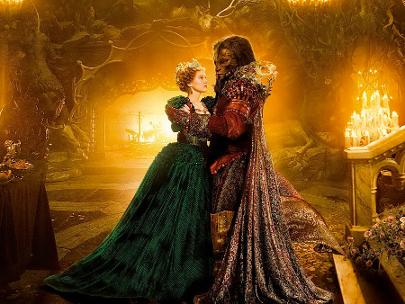
Why not also try The Gypsy Journeying Rhythms for Healing and Meditation Course
If you wish to try some Spirit-Travelling in the comfort of your own space and home, and access your own folkloric otherworld, try this course. It's extremely educational and is all laid out for you, with beautiful birdsong, wild animal calls, and some infectious ancient rhythms to carry you to the otherworld. Relax and enjoy it in your own space and time.
Available to purchase and download online here.

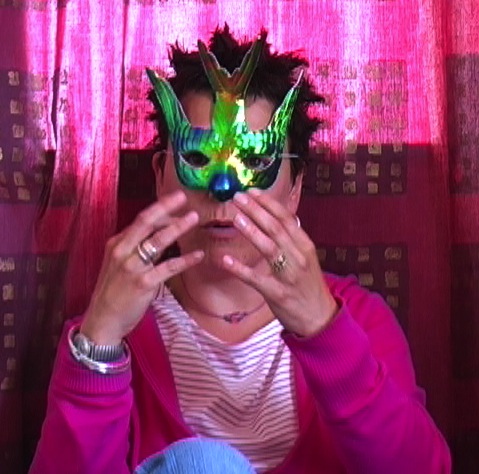
Folklore Education - a necessary tool?
Many have found guidance and healing on Folklore Therapy with Patrick Jasper Lee. Once we begin to educate ourselves in how our human make-up is structured on the inside, and how that affects us psychologically, according to earlier folkloric principles, we can make changes that work for us.
Accessing our otherworld landscapes means we access the essence of folk tales from the past because we all have major folk characters embedded in the psyche. These archetypes precede religious concepts and also scientific developments designed to help us understand ourselves. Folklore presents a science in itself, for these characters always lived with us, and always will. We can push them away or deny them as much as we like, but they are integral to who we are, and were so for thousands of years.
You are your own folk tale. You can find which character you relate to. Join a programme and you'll discover so much more about yourself and the many tools within that you didn't believe were there.
See you in that magical place!

© Copyright Romani Folklore Therapy